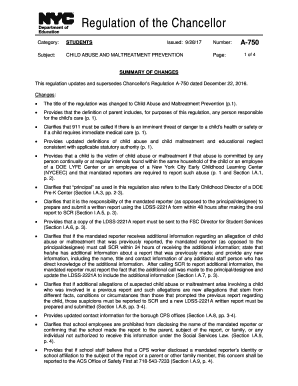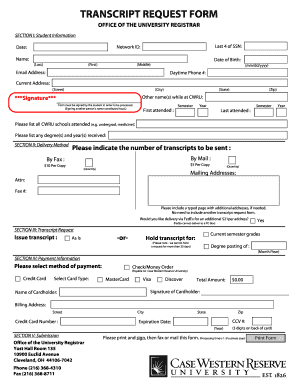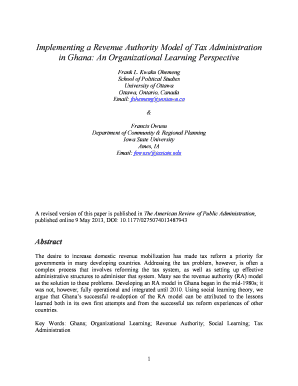Chancellor's Regulation A-670
Chancellor's Regulation A-670: Streamlining Financial Regulation for Greater Efficiency
As part of the Edinburgh reforms, the Chancellor has taken the bold step of axing swathes of unnecessary regulation under Chancellor's Regulation A-670. This move aims to streamline the financial regulatory framework, making it more efficient and business-friendly. In this post, we will explore the key aspects of Chancellor's Regulation A-670 and its potential impact on the financial sector.
1. What is Chancellor's Regulation A-670?
Chancellor's Regulation A-670 is a comprehensive initiative that seeks to eliminate redundant and burdensome regulations within the financial industry. Under this regulation, various rules and requirements that have become outdated or overly complex will be repealed or simplified, promoting a more streamlined regulatory environment.
2. Benefits of Chancellor's Regulation A-670
The Chancellor's Regulation A-670 offers several benefits to businesses and the financial sector as a whole. Let's explore some of the key advantages:
2.1. Increased Efficiency
By eliminating redundant regulations, Chancellor's Regulation A-670 aims to enhance the overall efficiency of the financial sector. This streamlined approach will reduce administrative burdens, allowing businesses to focus more on innovation and growth.
2.2. Cost Reduction
The burden of compliance with multiple overlapping regulations can be a significant cost for businesses. Chancellor's Regulation A-670 alleviates this burden by removing unnecessary regulatory requirements, resulting in cost savings for financial institutions and other organizations operating within the industry.
2.3. Promoting Competitiveness
Reducing regulatory burdens can boost competitiveness within the financial sector. Chancellor's Regulation A-670 ensures a level playing field by eliminating regulations that place undue burdens on certain institutions or hinder market entry for new players. This creates a more open and competitive environment for businesses to thrive.
3. Key Changes under Chancellor's Regulation A-670
Chancellor's Regulation A-670 encompasses various changes aimed at simplifying the regulatory landscape. Here are some notable revisions:
3.1. Regulatory Reporting Requirements
Under Chancellor's Regulation A-670, reporting requirements for financial institutions will be streamlined and standardized. This will reduce the reporting burden on institutions, resulting in more efficient operations and better allocation of resources.

Image: Chancellor announcing the reforms
By simplifying the reporting process, financial institutions can redirect their focus towards core activities such as risk management, customer service, and product innovation.
3.2. Capital Adequacy Requirements
Chancellor's Regulation A-670 also addresses capital adequacy requirements for financial institutions. The revised regulations aim to strike a balance between safeguarding financial stability and avoiding excessive capital burdens on institutions.
Financial institutions will benefit from clearer guidelines on capital adequacy, ensuring a more harmonized approach across the sector. This promotes stability and resilience while allowing institutions to deploy their capital efficiently.
3.3. Consumer Protection Measures
In line with the objective of reducing regulatory complexity, Chancellor's Regulation A-670 simplifies consumer protection measures. The focus is on providing clear and concise information to consumers while ensuring their rights and interests are safeguarded.

Image: Frequently Asked Questions (FAQ)
This simplified approach enables financial institutions to better serve their customers and build trust, as consumers can easily understand the products, services, and terms they are interacting with.
FAQs
Q1: When will Chancellor's Regulation A-670 come into effect?
A1: Chancellor's Regulation A-670 is scheduled to come into effect on [date], giving financial institutions and businesses adequate time to align their operations with the revised regulatory framework.
Q2: Will Chancellor's Regulation A-670 impact small businesses?
A2: Chancellor's Regulation A-670 aims to create a more favorable environment for businesses of all sizes. By reducing regulatory burdens and promoting competitiveness, small businesses may benefit from increased agility and growth opportunities.
Q3: How will Chancellor's Regulation A-670 be enforced?
A3: The enforcement of Chancellor's Regulation A-670 will be the responsibility of the relevant regulatory authorities. These authorities will provide guidance and ensure compliance with the revised regulations.
Q4: Can financial institutions provide feedback on Chancellor's Regulation A-670?
A4: Yes, financial institutions are encouraged to provide feedback on Chancellor's Regulation A-670 during the designated consultation period. This ensures that the revised regulations consider the perspectives and insights of industry stakeholders.
In conclusion, Chancellor's Regulation A-670 represents a significant step towards streamlining financial regulation while promoting efficiency and competitiveness. By eliminating unnecessary regulatory burdens, businesses and financial institutions can focus on driving growth, innovation, and serving their customers better. The revised regulations, scheduled to come into effect soon, offer a more cohesive and simplified framework that can unlock new opportunities and unleash the potential of the financial sector.
Fillable Online Www.pdffiller.com11936553-fillable-chancellorsGet The
 Image Source : www.pdffiller.com
Image Source : www.pdffiller.com Chancellor Axes Swathes Of Regulation Under Edinburgh Reforms - FTAdviser
 Image Source : www.ftadviser.com
Image Source : www.ftadviser.com Fillable Online Schools Nyc Chancellor's Regulation A-750 Fax Email
 Image Source : www.pdffiller.com
Image Source : www.pdffiller.com Fillable Online Chancellor's Regulation A-101 Housing Questionaire Fax
 Image Source : www.pdffiller.com
Image Source : www.pdffiller.com Chancellor's Regulation A 670: Fill Out & Sign Online | DocHub
 Image Source : www.dochub.com
Image Source : www.dochub.com Chancellor's Regulation A 170 - Fill Online, Printable, Fillable, Blank
 Image Source : www.pdffiller.com
Image Source : www.pdffiller.com Fillable Online Schools Nyc Chancellor S Regulation A-190 Fax Email
 Image Source : www.pdffiller.com
Image Source : www.pdffiller.com Chancellor's Regulation A 170 - Fill Online, Printable, Fillable, Blank
 Image Source : www.pdffiller.com
Image Source : www.pdffiller.com Fillable online schools nyc chancellor s regulation a-190 fax email. Chancellor's regulation a 170. Chancellor's regulation a 670: fill out & sign online. Fillable online schools nyc chancellor's regulation a-750 fax email. Fillable online www.pdffiller.com11936553-fillable-chancellorsget the